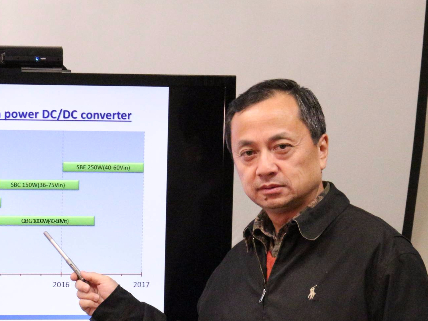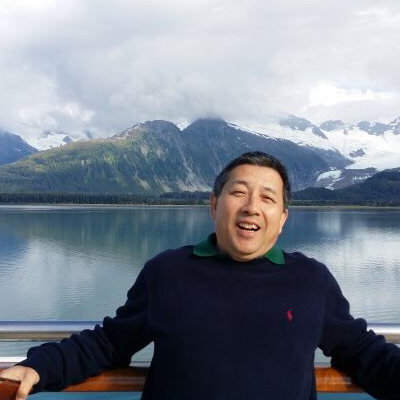- NEC Class 2 power supply
- Long calble application issue of dc-dc converter
- Isolated dc converter for gate drive application
- UnitedSiC – New SiC JFET family for low power AC/DC flyback converters
- CE declaration and test reports
- Single-ended vs double-ended converter topology
- Safety isolation voltage vs working isolation voltage rating
Single-ended vs double-ended converter topology
Some one can help with the following questions?
Isolated DC-DC converter topologies can be either single-ended or double-ended. How to define the single-ended and the double-ended topology? Which topologies are single-ended and which topologies are double-ended?
Comments: 8
-
 Arthur
ArthurDon't understand single-ended and double-ended!!! Feel deeply ashamed!
0Reply -
 michael
michaelWaiting for the great God's answer.
0Reply -
 mrpower
mrpowerMy take is: The word "ended" refers to "touching the ground". Basic forward and flyback topologies have one primary switching branch (one leg) connecting to the ground, so were called "single ended"; while half or full bridge topologies all have switching branches (two legs) connecting to the ground operating in complimentary mood, thus called "double-ended". Single-ended is like running with one leg (kangaroo style); while doubt-ended is like running with two legs in complimentary moves (human style). Naturally, single-ended topologies are more adequate for lower power applications, while double-ended ones are good for higher power. The question would naturally be: should a Quard-ended topology like a horse or tiger be more powerful? You may regard multi-phase interleaved topologies as having more legs to do the job.
2Reply -
 mrpower
mrpower@Wei, I am quite sure you are an expert. Just share your thoughts and opinions for whatever you think are valuable to the readers. The ones who really have questions, please feel free to raise them in this Forum.
0Reply -
 Arthur
ArthurOh, so. Interesting!
1Reply -
 Wei
WeiI agree John's comments on the "ended", vivid explanation with animal walking styes (thumbs up). In the operation mechanism, it is about the utilization of the transformer magnetic core. Let's refer to the B-H curve (magnetic density vs. magnetic force curve). Keep in mind that the magnetic force H is proportional to the product of current and winding turns (Ampere.turn). In "single-ended" topologies, such as fly-back and forward, since the transformer windings only see output current either in D (duty ratio) period or (1-D) period, the B-H curve only travels in the first quadrant (sorry I can not post a picture to show the curve). However, in bridge type topologies, the output current is applied to both directions due to both the winding terminals (ends) of the transformer will be yanked to ground in turn. The H (winding current) can go to negative. The B-H curve travels in first and third quadrants. Therefore double ended topologies usually suitable for higher power due to better utilization of the magnetic core.
2Reply -
 Wei
WeiCorrection: "styles" instead of "styes".
0Reply -
 louis.xi
louis.xistudy it,the above explanation is very vivid and interesting
0Reply
Add a Comment
Please login to comment.Login
Enter your email address and password

